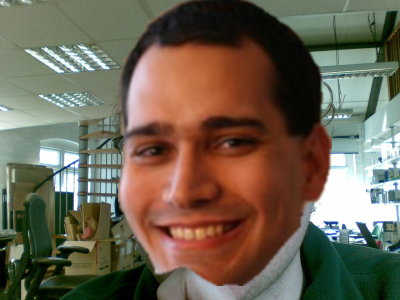well, I failed at blagging each day of the User Experience hackfest, but mostly because of the sheer amount of discussions, designs and work done.
during the first common session on monday we all decided to split off into four groups:
- file management
- window and application management
- widgets/gadgets/applets
- effects and animations
I decided to work on effects and animations, along with Eve, Neil, Matthew and Andreas ((who’s totally getting married — just as vuntz is expecting a baby)). the wiki page of our group lists most of the stuff that came up in the group discussions and brain storming ((or idea showering)). when not in the effects and animations group I was hanging around with the window and application management guys. since Tomas, Robert and Matthew have been working on a Clutter-based compositor for Metacity, I decided to give it a spin and work on some of the “animation tenets” that came up during the hackfest — like showing the direction of the workspace switching and provide a visual cue to the user that the windows are not going away forever, and are just being moved in another area of the screen. I know that Compiz is probably going to have these kind of effects some ten levels deep in the configuration manager, but the configuration UI always makes me want to carve my eyes out with a melon spoon while being bludgeoned to death, and the defaults are usually so bad that I develop seasickness after 15 minutes of continuous use — hence, the usage of the Clutter-powered Metacity.
the other groups did an awesome job as well: a lot of the ideas floating around will require hard work and time in order to be implemented, but they all contain a refreshing view of the desktop and challenge some of the fundamental tenets of the user interaction, based on the feedback from users and designers — and especially without resorting to something completely new or alien that will require years to get right for developers and to adjust the workflow for users, or just announcing new frameworks with the usual jingoistic tones common to open and closed software projects alike.


